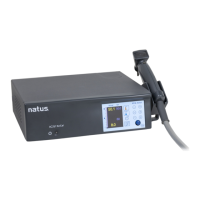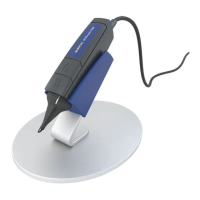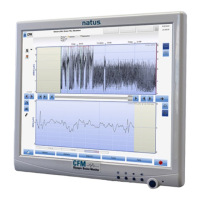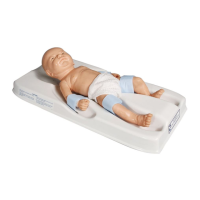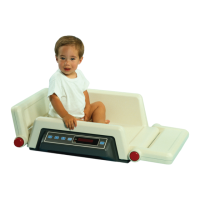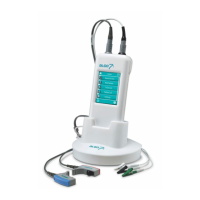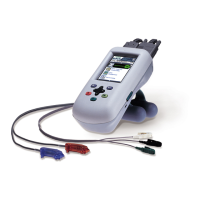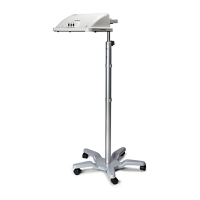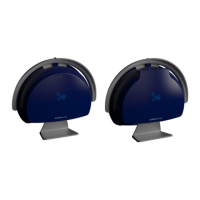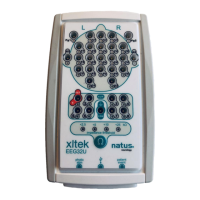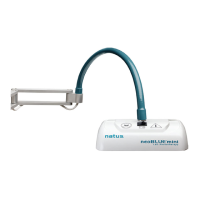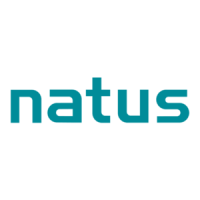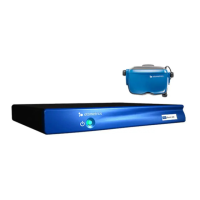
Do you have a question about the natus Otometrics ICS Chartr 200 VNG/ENG and is the answer not in the manual?
| Brand | natus |
|---|---|
| Model | Otometrics ICS Chartr 200 VNG/ENG |
| Category | Medical Equipment |
| Language | English |
Describes the purpose of the VNG/ENG system for diagnosing dizziness and imbalance.
Guides through the initial system startup process, including launching the software.
Details how to input new patient demographic and contact information into the system.
Explains associating patient records with referring physicians and facilities.
Describes entering patient's general condition and examination findings for the report.
Instructions for adding new operator profiles and their associated information.
Customizing settings for each operator's collection, review, and report preferences.
Customizing the sequence of tests that will be performed for a patient.
Process for adding new referring physicians to the system's database.
Process for adding new referring facilities to the system's database.
Overview of the VNG/ENG main interface areas and their functions.
Details on placing electrodes on the patient for electronystagmography (ENG) testing.
Procedure for checking electrode connections and impedance for ENG tests.
Instructions for correctly fitting the VNG goggles on the patient's head.
Adjusting VNG goggles for optimal pupil centering and image focus.
Fine-tuning video image threshold, brightness, and contrast for accurate tracking.
Verifying patient's distance from the light bar for accurate range sensing.
Choosing the specific test protocol to run from the 'New Test' tab.
Adjusting system gain and offset for accurate eye signal capture during VNG.
Initiating and managing data recording during tests using function keys.
Capturing eye movement video during VNG data collection.
Accessing and viewing recorded test results and waveforms in the Review tab.
Managing which test results are designated as primary for patient reports.
Manipulating waveforms for better visualization and analysis during review.
Examining calibration data and making adjustments using function keys.
Analyzing saccade test data, including peak velocity, accuracy, and latency.
Analyzing sinusoidal tracking test data, focusing on gain and phase.
Analyzing slow phase velocity measurements for nystagmus detection.
Analyzing caloric test results using Pod and Butterfly views for weakness and asymmetry.
Using the software assistant for suggestions on test result validity and significance.
Preparing the patient report content, including selecting test results and adding impressions.
Configuring which test results, including waveforms, appear in the printed report.
Selecting report items and printing the final patient report.
Printing selected waveforms individually or grouped into a temporary report.
Configuring facility details like practice name and address for reports.
Adjusting system-wide workstation and goggle configurations, not operator-specific.
Configuring peak frequency calculations and German GDT interface settings.
Guidelines for cleaning system components, particularly the video goggles.
Performing system tests to verify the status of system components.
Troubleshooting steps for video equipment connection errors.
Using a utility to attempt to fix corrupt database files.
Explains the meaning of various safety and compliance symbols on the equipment.
Lists important safety warnings, precautions, and notes for system operation.
Defines the manufacturer's responsibilities for equipment safety, reliability, and performance.
Technical specifications for the ICS Chartr ENG component.
Technical specifications for the ICS Chartr 200 unit, including interface and power.
Electromagnetic emissions and immunity guidance for the system.
Identifies the components and ports on the back panel of the ICS Chartr 200.
Diagram and description of hardware cable connections for system setup.
Description of the wireless remote control functions for VNG/ENG operations.
